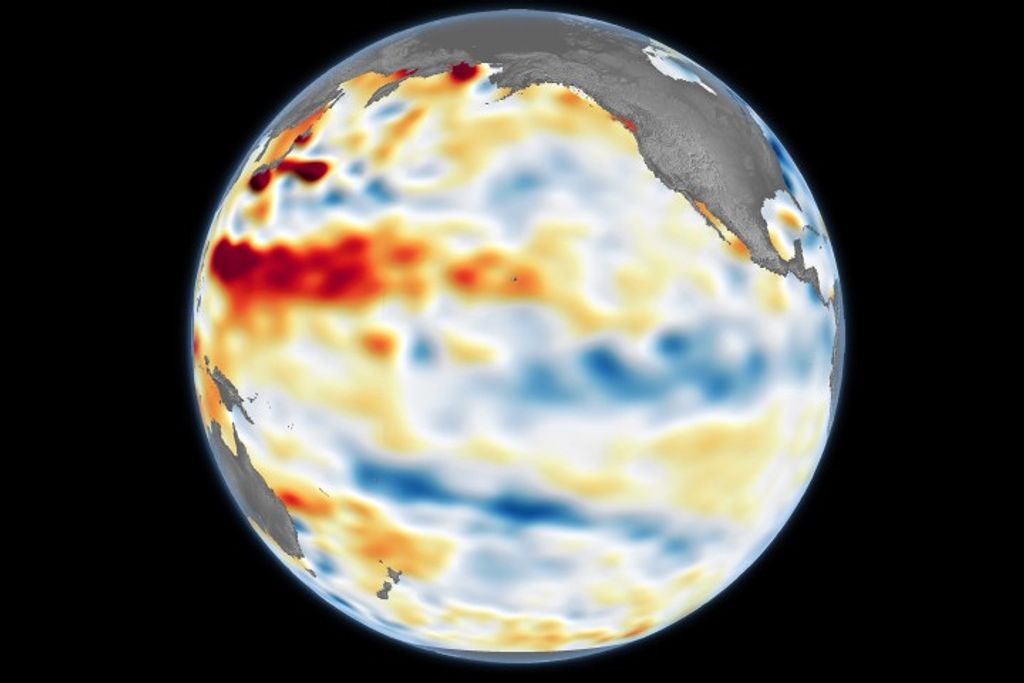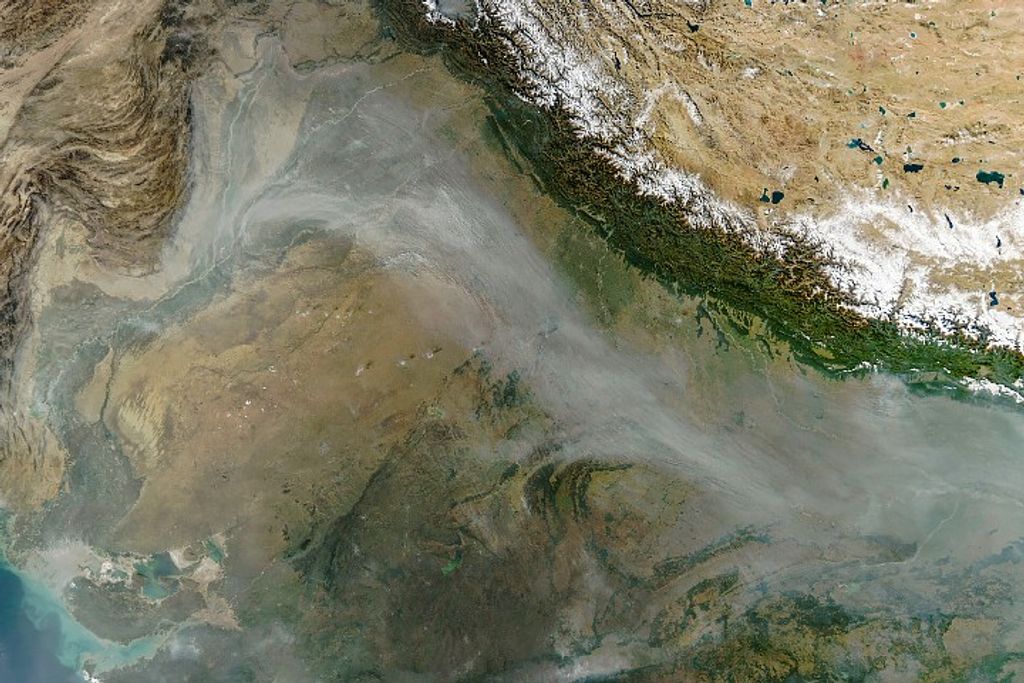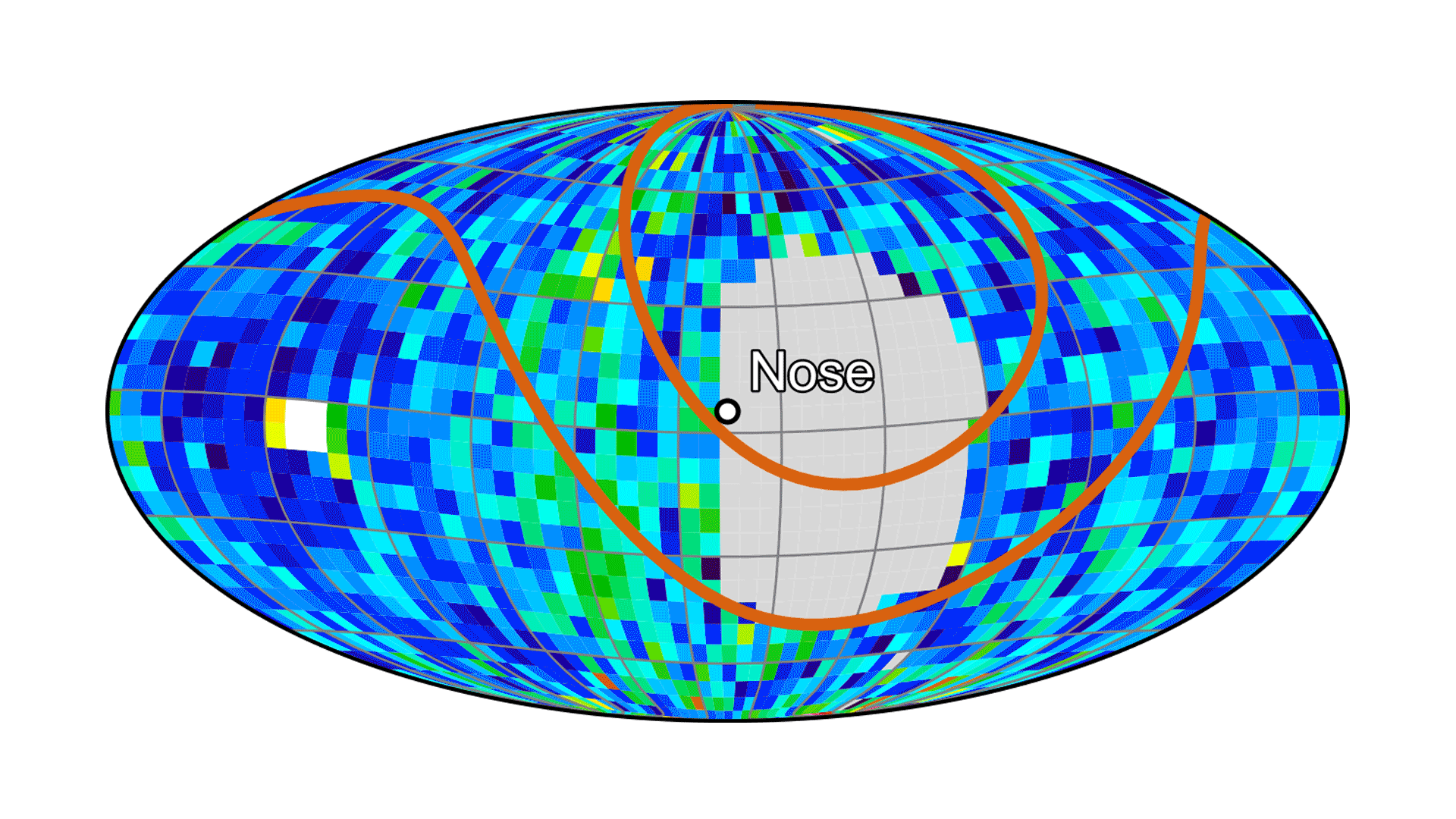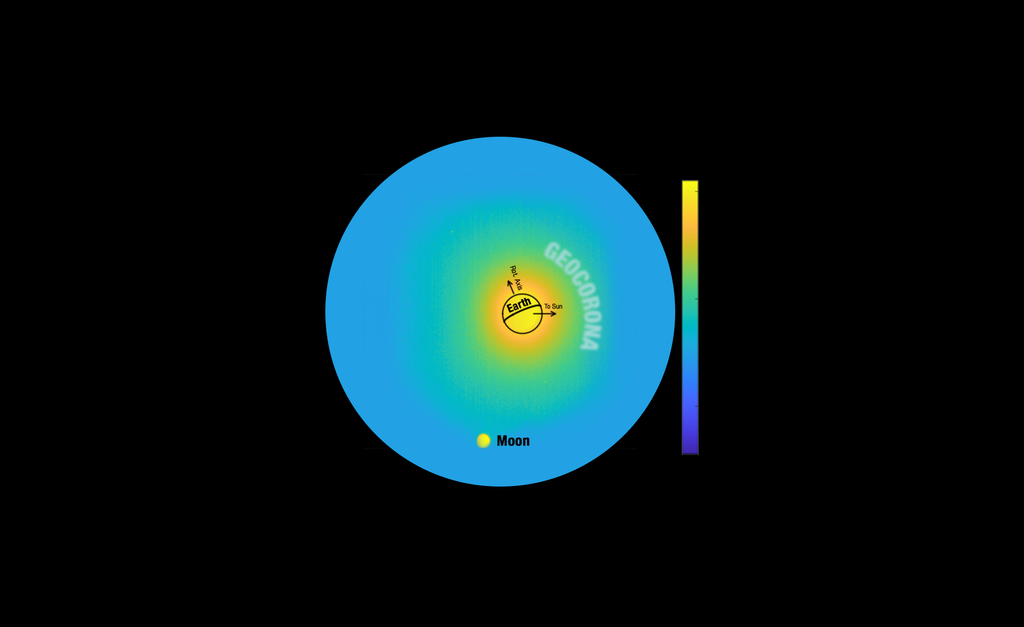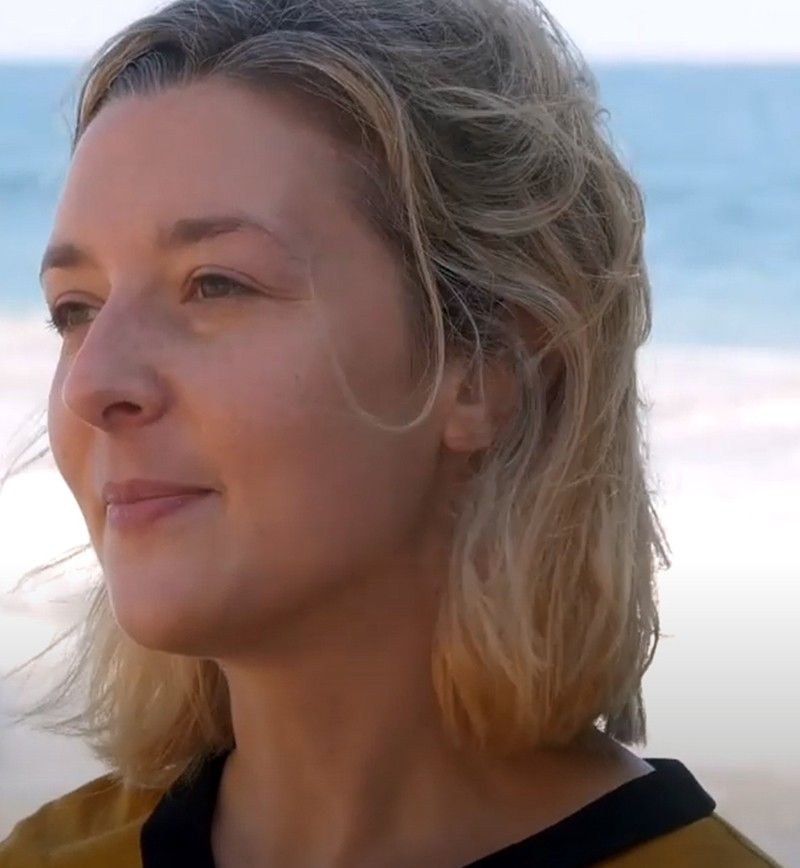
Séverine Fournier
Research Scientist - NASA's Jet Propulsion Laboratory (JPL)
Contents
Education
ENSTA Bretagne, Brest, France
M.Sc. in Hydrography-Oceanography, Category A IHO Certificate
University Paris 7, France
M.Sc. in Physical Methods in Remote Sensing
Ph.D., IFREMER, Brest, France
Séverine Fournier is a research scientist in the Ocean Circulation and Air Sea Interaction group at NASA’s Jet Propulsion Laboratory (JPL). She currently studies our changing oceans using satellite data. She joined JPL in 2015 and is a member of the NASA Ocean Salinity Science Team. She shares her thoughts on Earth, the ocean, and NASA’s new Sentinel-6 Michael Freilich satellite, which is studying our rising seas from space.
The ocean, the atmosphere, the ice, the land, they all interact. This is a big complex machine that we’re trying to understand.
I use measurements of the height of the ocean, the temperature, and the salinity of the ocean to better understand how the ocean is moving and how the currents are changing in time.
“It doesn’t matter where you live, everyone is impacted by the ocean.” – Séverine Fournier
Thanks to satellites we have this big picture. Sentinel-6 is measuring the height of the ocean. We’ve been measuring the height of the ocean since the beginning of the ’90s and Sentinel-6 is going to allow us to continue that record.
The satellite is emitting a signal, and by measuring the time that it takes for the signal to bounce back to the satellite, it’s going to give us the measurement of the height of the ocean.
The satellite is going all over the globe in about 10 days. We can use this data to monitor either the sea level rise or El Niño events.
It doesn’t matter where you live, everyone is impacted by the ocean.
Earth is very fascinating. I’m trying to understand how the Earth systems work, and hopefully, my work will have an impact on the environment, the ecosystems, and people’s lives – that’s a big motivation for me.
I grew up in France, and I did all my studies in France. Science is international so scientists around the world are using this data to help people.
From space, Earth is just one planet.
Where are they from?
Planetary science is a global profession.










